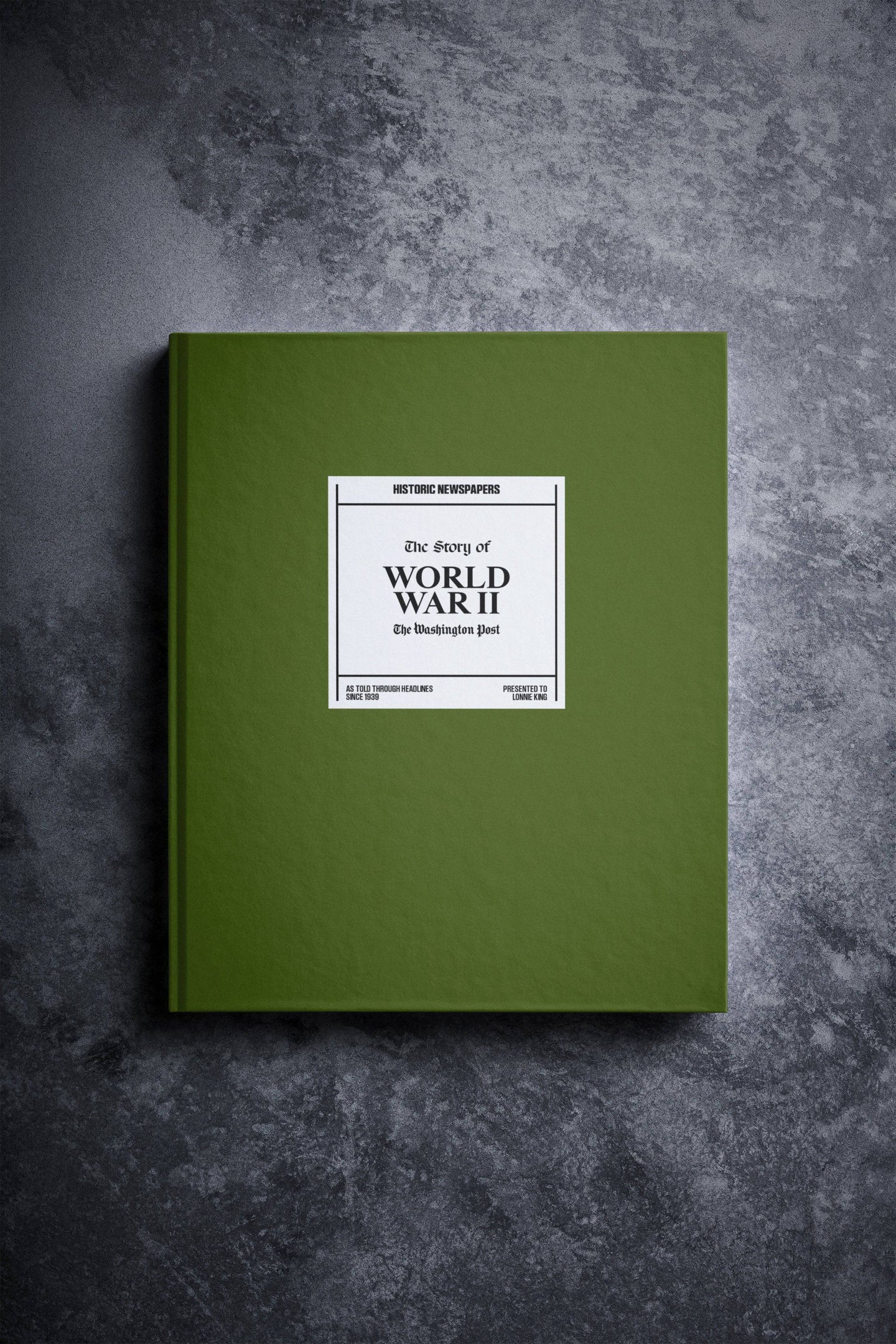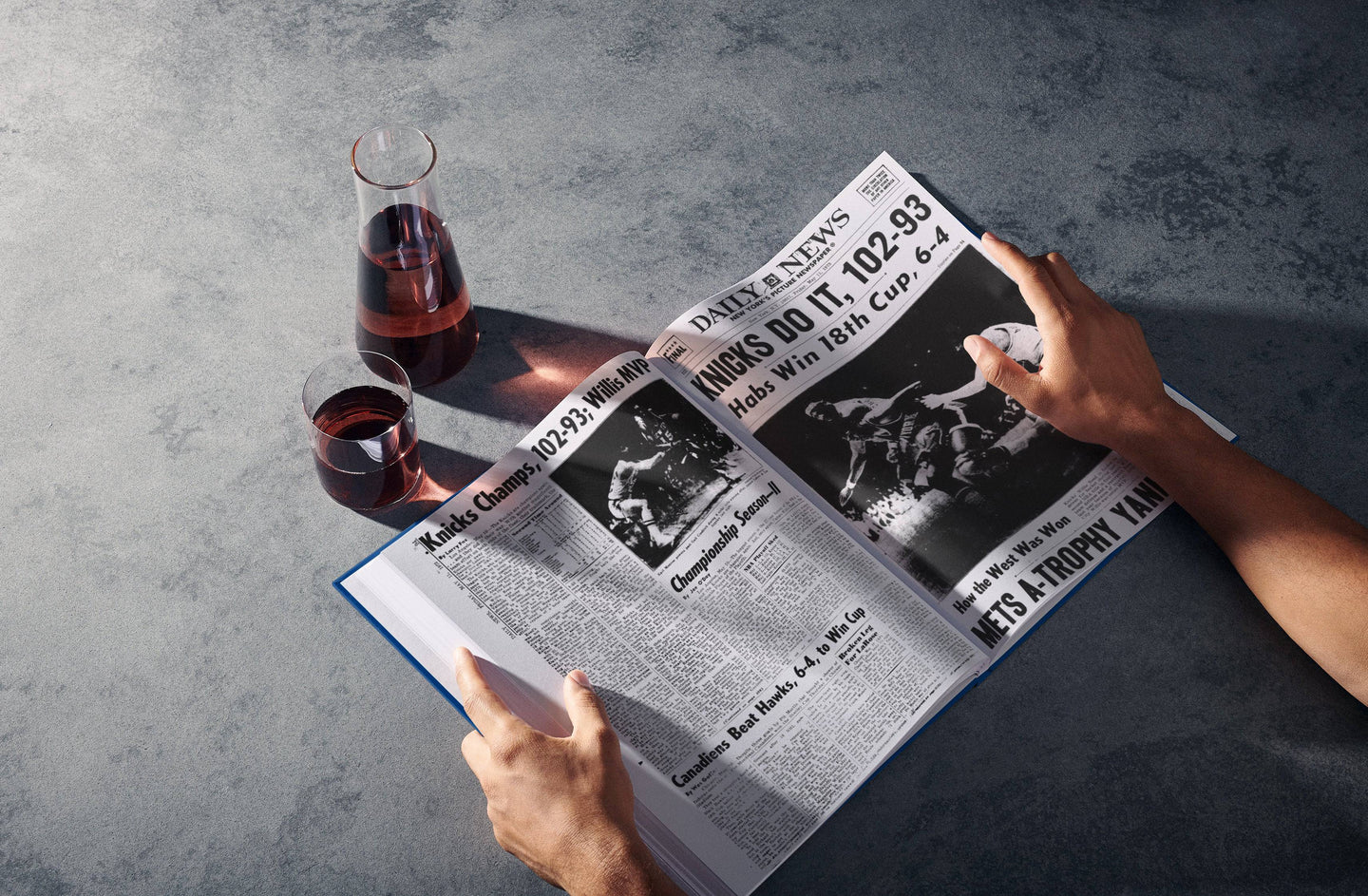Shortly after ‘the war to end all wars’, many wonder what could have even happened to lead to another world war.

Nothing changed humanity quite like the Second World War. It involved majority of the world’s countries to form two huge opposing military forces. It consisted of the Allies; The United Kingdom, U.S.A, the Soviet Union, (the United Nations), partnered with other connected countries like China and India. They opposed the Axis; Japan, Italy and Germany.

Every contributor participating in the war backed these countries through economic and industrial action, providing the means not only to win, but survive the catastrophic outcome. Even after WWII’s end in 1945, conscription and rationing continued into the post-war years as the Labour government of 1944 tried to normalise the economy. They represented a society of pent-up frustrations under grim social conditions.

Officially, rationing began in 1939 with petrol, clothes, food and paper. As of 1940, household necessities like sugar, bacon, butter and ham were rationed, followed by tea in July, as well as jam and marmalade in March ‘41. By 1941, cheese was rationed in May, eggs in June and finally milk in November.

As the war continued into 1942, sweets, had been encumbered into the rationing ocean. Homes had succumbed to substitute ‘dried egg’ packs imported from the USA, mixed with water. The taste was similar to sucking on dry cardboard mixed with raw meat.
For Patsy in the 1940 Cookbooks from Newspapers, this certainly wouldn’t do. Historic Newspapers ciphers through 1940s recipes to discover how families were meant to cope with these severely challenging times and crippling shortages of food.
40s food should really be referred to as no-nonsense cooking. The recipes were odd – not what you would expect and made out of what could be found in the cupboard (and since rationing was strife, that wasn’t a lot).
The Wonder of Reconstituted Egg in the 1940s…
As a response to the wartime shortage of eggs, the government implemented the use of dried egg powder, as fresh eggs were rationed from June 1942. Originating in America, one tin of dried egg was equivalent to a dozen eggs. It was considered extra compared to your regular egg ration.
Technically it was more. One teaspoon of egg powder mixed with a supple amount of water was the equivalent of making one dish for the family. Bar its unattractive powdery form, reconstituted egg had absolutely no additional preservatives (compared to today’s GMOs, E numbers, preservatives – the list is endless), and simply had the moisture taken away.

Yet, Patsy managed to make a variety of dishes from this supplement. From cakes, pancakes, baking powder biscuits, fish cakes and so much more, found in the 1940s Recipes from Newspapers Cookbook. Even children during WWII couldn’t tell the difference thanks to these ingenious recipes to mask the flavour. Below are some of the best you can even try in the book.
We’d Sue Without Suet
A big trend of food in the 1940s, was pudding. Not just sweet, pudding in 1940 was served savoury, especially popular around the time of the Blitz. In literally all shapes, fancy Tupperware and moulds, puddings and pies were a filling method of making use of leftovers and consisted mainly of what one already had in the kitchen.
Suet was essential for nearly every pudding or pie. It was a traditional ingredient in British cooking, used to bring ingredients together with an incomparable taste. It’s made from the hard fat surrounding the loin and kidneys of cows. To retrieve this wondrous fat was a lengthy process, stemming from the seventeenth century; the fat had to be removed from the meat, clarified to remove all the impurities and left to solidify.
Famously, suet is recognised as the key ingredient in ‘College Pudding’, made of currants, minced dates, breadcrumbs and mixed spice. The dish was served to students at Cambridge University, recognised as a classic dish still loved today (even if the main component is concentrated animal fat).
What the Devil Did You Say?
Clearly anything ‘devilled’ in the 1940s was delicious…the term ‘devilled’ was used from the early seventeenth century, and in Kettner’s Book of the Table by Derek Hudson. In cooking, it’s used to describe a particular food spiced up with pepper, mustard or spices.
‘Devilled food’ was a controversial subject for cooks in the 40s. Some argued that the use of spice in devilled food was getting out of hand and threatened to obliterate ‘the sense of taste’, whilst other chefs swore by the use of spice, especially to liven up vegetarian dishes.
`Not just a savoury saying, ‘Devil’s Food Cake’ invented in America is considered ‘devilish’ due to the rich sinfulness of the cake, made with 100% of the best cocoa powder. ‘Devilled’ dishes were a favourite of mums taking care of the home front while the men were at war.
Waste Not, Want Not
On the positive side of the Second World War (if ever there was one), food was not wasted in the household. Leftover vegetables could be used in pasties and pies or bubble and squeak. People admirably made delicious homemade cheese out of spoiled milk. Though powdered milk was used in all varieties of cooking, there was no wasting of rationed milk, even if it was soiled. Bread was a versatile staple used in place of making batter and sufficient for puddings and pies.
But let’s be honest, recipes in 1940 were bizarre, creative and went a long way. Despite the restrictions on food, Britain’s diet during the war years was at its healthiest due to lard/ dripping heavily rationed in comparison to today’s stock intake.

Reconstituted egg can still be bought today, tasting surprisingly better than one would think. Though suet may sound morally repugnant, it’s a staple ingredient still used in the world-famous Atora Puddings and whether you enjoy a ‘devilled cheese’ or ‘devil’s cake’, anything spicy or made of 100% cocoa is sure to satisfy.
Indulge yourself in our range of Vintage Recipe Cookbooks, or enjoy a bigger helping of 1940s nostalgia below.


























Follow us